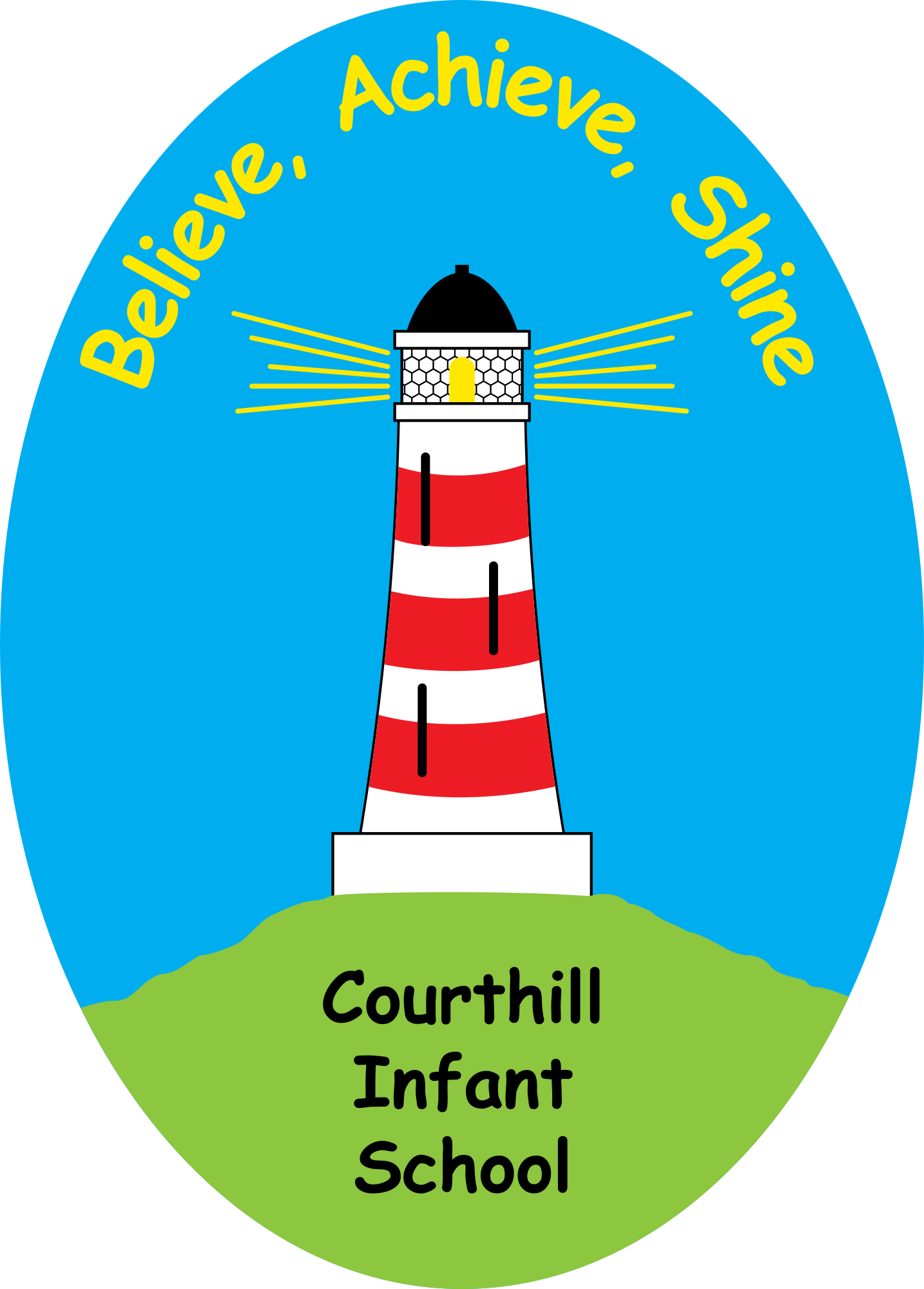Maths
At Courthill, we encourage children to become confident and enthusiastic mathematicians. We understand the importance of not capping the children’s abilities and because of this, the children are inspired to be the best mathematicians they can be. It is our ethos, vision and our drive for ALL children to succeed at Courthill and as a result children enjoy mathematics and become life-long learners in the subject.
Our planning is based on small steps (manageable pieces that ensure prior learning is built on methodically and steadily). It is of great importance to us at Courthill that the small steps build upon one another and this leads to a logical path for children to follow and therefore prevents gaps in knowledge. The White Rose Maths scheme is used as basis for our maths planning and is supplemented with additional, high-quality resources such as Nrich and NCETM. Children learn using a concrete, pictorial and abstract approach (CPA), a highly-effective method for teaching and learning that supports a deeper understanding of maths. We ensure that the Maths curriculum is accessible to all pupils through differentiation for individual abilities with suitable challenges.
Problem Solving and Reasoning:
All children are also given the opportunity to problem solve and reason using their mathematical vocabulary. As a result of this adaptive teaching style, children are able to make useful connections between identified mathematical ideas and they are able to anticipate practical problems that may occur.
Lesson Structure:
We understand the importance of revisiting previously learned knowledge, concepts and procedures. Every year group has a cycle of topics previously taught that are revisited for the first 5-10 minutes of every lesson. These revisit sections of the lesson ensures that knowledge is transferred into the long-term memory and becomes deeply embedded.
The lesson structure in maths, namely the ‘Chilli Challenge’, has been developed to promote growth mindset, independence and intrinsic motivation. A teacher led input is followed by children self-assessing their understanding of the topic and choosing which level of learning will provide them with practice and challenge. They are able to choose either mild, spicy or hot, see below.Once children have securely completed their first task, they move onto the next level of challenge. If children have begun with the hot task, they will move onto the Extra Hot task. This is an activity based on the Greater Depth (GD) objectives.
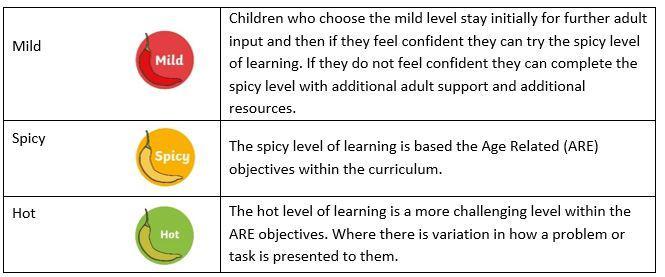
Number Fact Fluency
At Courthill, we support children to become automatic in addition and subtraction number facts by the end of Year Two (see below). We follow the teaching scheme Number Sense to do this. Number Sense provides a systematic and structured programme of work which develops children’s understanding of the number system and this in turn supports them to make connections, aiding recall. Number Sense teaches twelve strategies to support children with the number facts. Each strategy has a coloured poster which can be used a prompt for the children whilst they are still learning and need additional support. Once the class has been taught a strategy, the poster will be displayed and the corresponding calculations (matching in colour) will also be added to the chart.
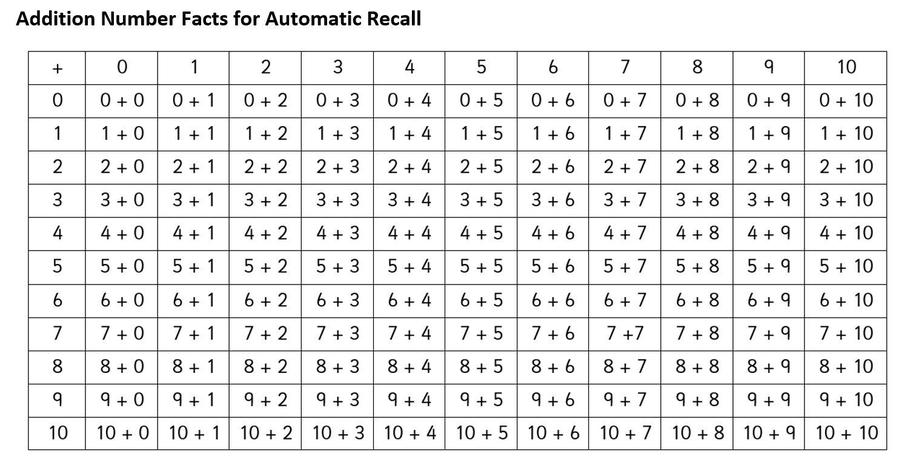
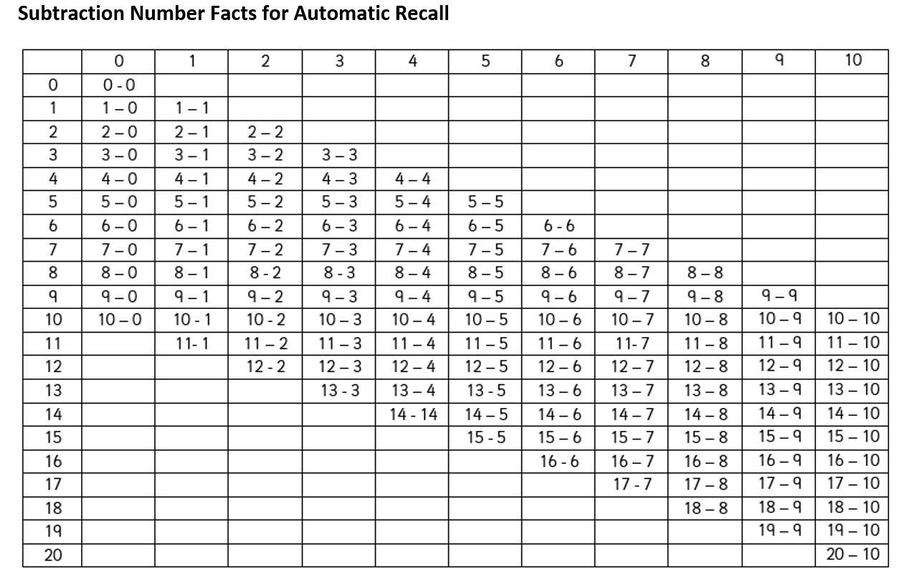
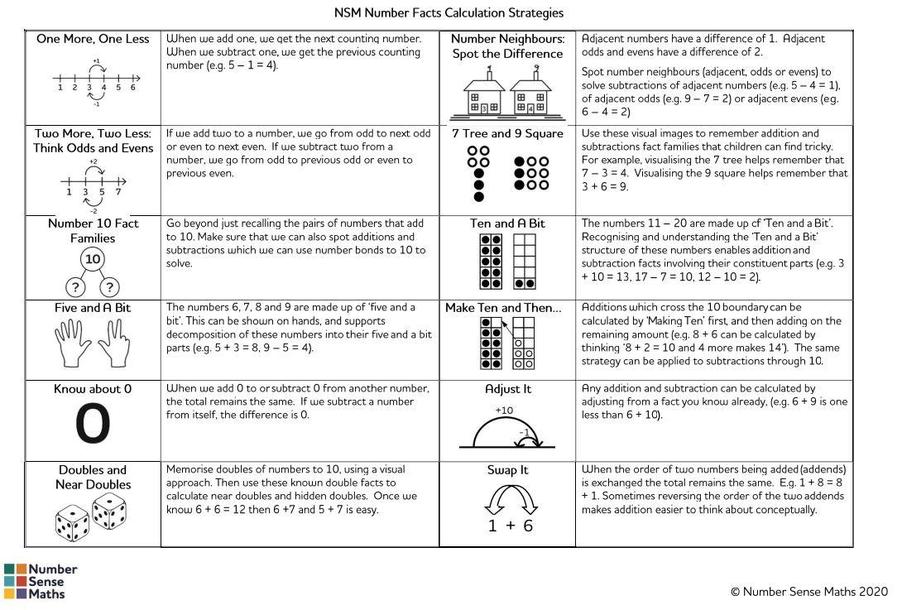
Maths Vocabulary
The national curriculum denotes the importance of spoken language in the maths programme of study. It states, “The quality and variety of language that pupils hear and speak are key factors in developing their mathematical vocabulary and present a mathematical justification.”
Our aims:
- A clear progression throughout the school, built upon year on year
- Expectation that as well as teaching the year group’s vocabulary you must ensure that previous year group’s vocabulary is embedded
- Children have secure use of vocabulary and can use it to explain their reasoning and ideas
- No child will be held back in their mathematics learning as a result of lack of understanding of the vocabulary
- New vocabulary is taught in a range of ways through discrete learning and use of stem sentences
Mathematics vocabulary is taught discretely with clear definitions and examples given to the children. Teachers use this wide range of vocabulary when teaching and model it when leading inputs. If children have a barrier with their mathematical vocabulary, this will be supported through targeted provision within lessons or pre teaching the language ahead of the lesson.
If you would like to find more information about Maths, please see the National Curriculum:
Here are some helpful websites to look at at home:
EYFS Numberblocks
EYFS BBC Bitesize Maths
KS1 BBC Bitesize Maths
Topmarks Maths Games
ICT Maths Games
